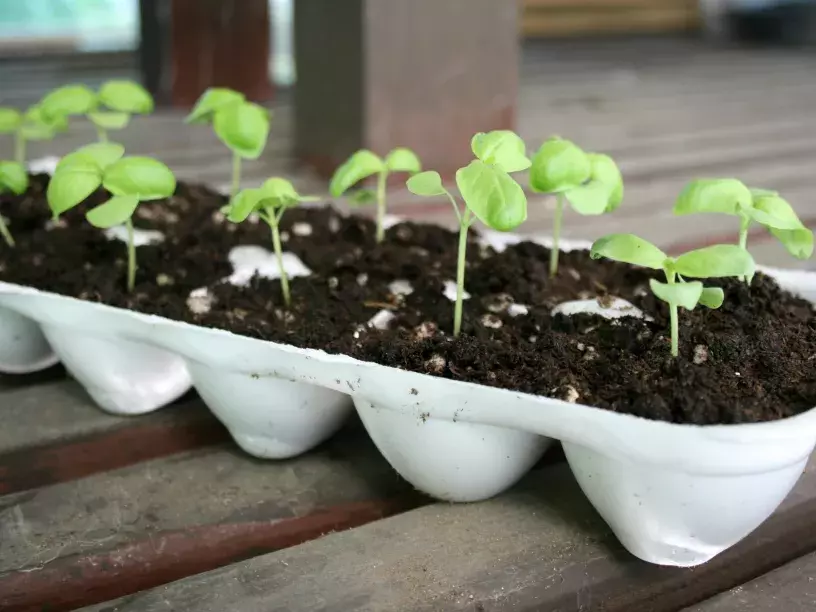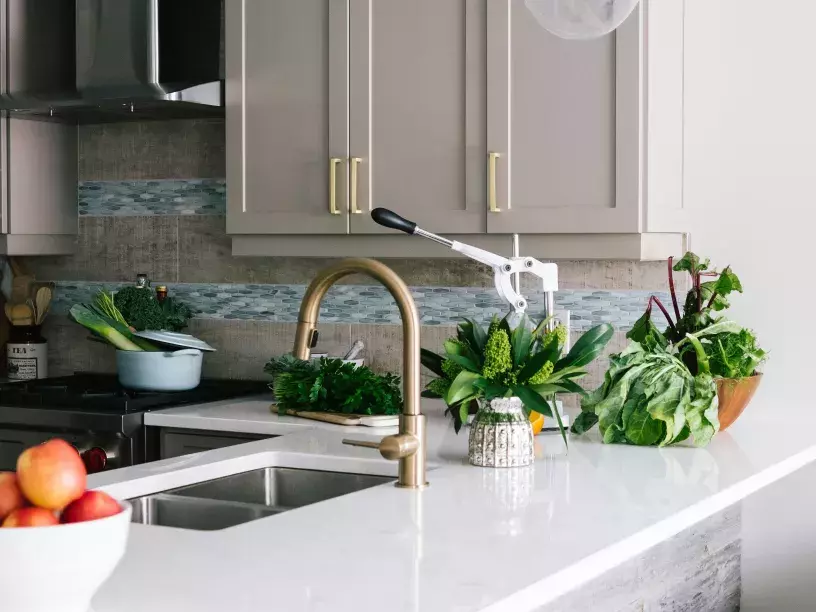As the garden awakens from its winter slumber, it's a joy to witness its vibrant transformation. From every corner, new signs of life are emerging. Bulb noses are popping up, trees are adorned with blossoms, and flowering shrubs reveal their delightful colours. The unusually warm February has accelerated the blossoming process, with magnolias and other trees flowering four weeks earlier. Native hedges planted with blackthorn will soon showcase their white flowers, while pear and plum trees will join in, adding to the season's delight. The blossom will continue into April and May, gradually introducing shades of pink and white, with bird cherry, hawthorn, crab apple, Plymouth pear, sour cherry, rowan and domestic apple.

Article written by Mark Lane, BBC One Morning Live’s gardening expert and award-winning garden designer.
Malcom Catmur-Neame @ MSL Creative for the photo.

March is an exciting time for gardeners, as it's the perfect opportunity to start planning and improving your pots and borders. By taking action now, you can ensure that this season and subsequent seasons are filled with the most beautiful blooms. And, of course, you need to clean and tidy your garden before there are a million-and-one things to do. Cleaning paving, furniture and decking is essential to keep them in excellent condition. Maintaining Millboard is easy. Cleaning with a mild detergent and water is typically sufficient. No sanding, staining or sealing is required, a staple need for wooden decks. Exact amounts of cleaning will vary depending on the location of your deck, but generally, cleaning twice a year should suffice. It’s also worth applying the same regime to any cladding you have on walls. In my old garden in Kent, I created a feature wall using Millboard’s Envello Board & Batten next to a living wall. Now would be the perfect time to wipe down any cladding and remove any watermarks on my old water feature.
Early-flowering bulbs and late winter/early spring bedding plants, such as bellis, violas and pansies will need to be fed. Ideally, start feeding your bulbs and bedding plants as soon as you see the green noses/shoots and continue to feed until the flowers and leaves have turned brown and shrivelled for bulbs or the flowers have ceased on your bedding plants. Bulbs in pots and containers will be easy to feed with a watering can and some high potash liquid feed mixed in, such as tomato feed, but bulbs in lawns and borders might be a little more awkward. Granular feeds are typically easier to apply in these situations; gently fork into the soil and water in.
As the weather and, more importantly, the soil starts to warm up, now is also the perfect time to start planting bare-root roses, deciduous trees and lily bulbs, and sowing seeds. Half-hardy annual seeds such as cosmos, calendula, and cleome can be sown indoors, whereas sunflowers, poppies, and cornflowers can be directly sown outdoors into prepared soil. Remove any weeds and stones, gently work over the soil and rake the surface into a fine tilth. Hardy herbaceous perennials can also be planted now. Consider open, cup-shaped flowers to attract wildlife and grow a range of plants to help with biodiversity. Also, think about adding ornamental grasses to your pots and borders. These add movement to a planting scheme, as the breeze gently catches them. They are great to plant between differing plants or flowers that might clash: simply adding an ornamental grass between the two plants blurs the colours and textures, creating a cohesive scheme.

With more of us wanting to know where our food comes from, March is the perfect time to sow sweet peppers, cucumbers and tomatoes indoors or in a greenhouse. Recycle and reuse old plastic containers, like margarine tubs and yoghurt pots – these make great pots for seeds and young seedlings. Make some drainage holes in the bottom and fill them with peat-free, multi-purpose compost and sow. It’s also essential to consider successional sowing, especially concerning salad leaves, by sowing every two weeks for continuous produce throughout the growing season. Also, think ahead and start sowing indoors winter vegetables, such as Brussels sprouts and cauliflowers: these will be ready to plant out later in the spring. You can directly sow beetroot, carrot and spinach outdoors, as well as early peas and early autumn-cropping kale and autumn cabbage seeds.

If like me, you love fruit, then March is the perfect time to plant strawberry plants, such as ‘Malling Centenary’ and ‘Elegance’, apple, pear, plum and apricot trees, as well as rhubarb, such as ‘Fulton’s Strawberry Surprise’ which one ‘best-flavoured rhubarb’ in RHS Wisley Trials. For an ornamental plant producing gorgeous, delicious berries look no further than the blueberry. These have scented spring flowers, red autumn foliage, and berries –remember that they need acidic soil, so test the pH of your soil in the garden or plant in a pot or container with ericaceous soil. My favourites are ‘Chandler’ and ‘Duke’.

I love cooking and using vegetables, fruit and herbs that I have grown myself. At this time of year, I love purple-sprouting broccoli with roasted almonds and a dash of olive oil. Nettles will start growing, so pick the fresh leaves and make a nettle soup with butter and cream. It tastes ‘green’ (if that’s possible), velvety and ‘spinach-y’.
For your next project
Inspiration & ideas
.jpg?crop=yes&w=735&h=735&itok=EAhuFv08)

